An in-depth look About Dangerous Goods (DG) Transported by Sea
Posted by : Admin

DANGEROUS GOODS (DG) are articles or substances which are capable of posing a risk to health, life, means of transport or the environment and which are classified in the list of Dangerous goods in any Acts, rules or by-lows (IMDG code, SOLAS, MARPOL) or having similar hazard.
There are a total of nine dangerous/hazardous goods that we use within the logistics industry. Each product, when transported, can pose risk to safety – whether that be to personal health or environmentally. Depending on the type of damage said product deals and what they are formed of, they are divided into one of the nine classes.
It is estimated that more than 50% of the cargoes transported by Sea today can be regarded as dangerous, hazardous and/or harmful (marine pollutants) under the IMO classification, designation or identification criteria. Some of them are dangerous or hazardous from a safety point of view, but are also harmful to the marine environment; others are harmful to the marine environment alone.
The cargoes concerned include products which are transported in bulk such as solid or liquid chemicals and other materials, gases and products for and of the oil refinery industry. Between 10% and 15% of the cargoes transported in packaged form, including shipborne barges on barge-carrying ships, freight containers, bulk packaging, portable tanks, tank containers, vehicles, intermediate bulk containers (IBCs), unit loads and other cargo transport units, fall under these criteria.
As the world becomes increasingly industrialized and as industry itself becomes even more complex, so the transport by sea of these cargoes will continue to rise and the lists of products will grow. It is essential, if shipping is to maintain and improve its safety record, that these cargoes are stored, handled and transported with the greatest possible care.
The nine classes of dangerous goods are identified as follows and also identified on the labels, placards, marks and signs. Some of these classes are subdivided into divisions. These classes are as listed below:
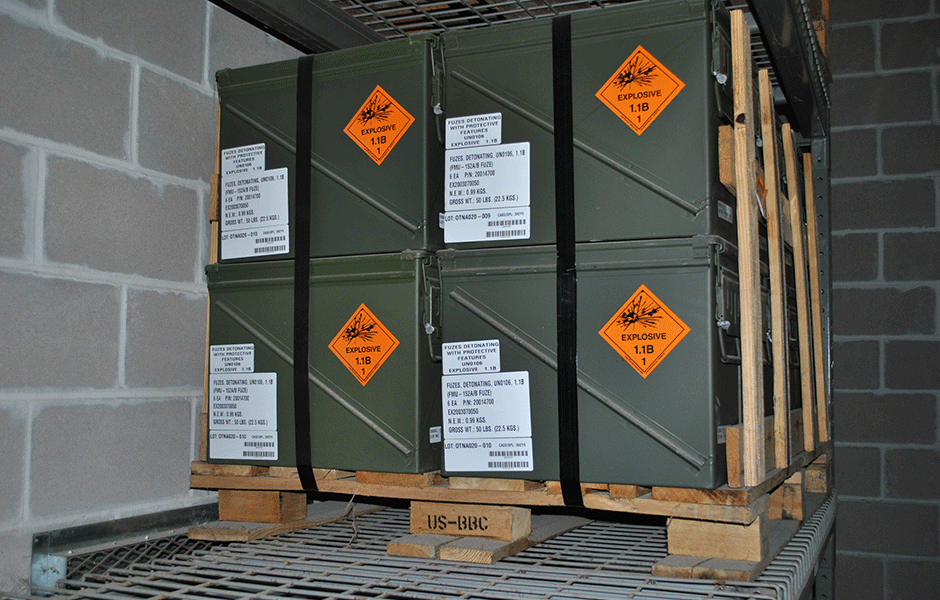


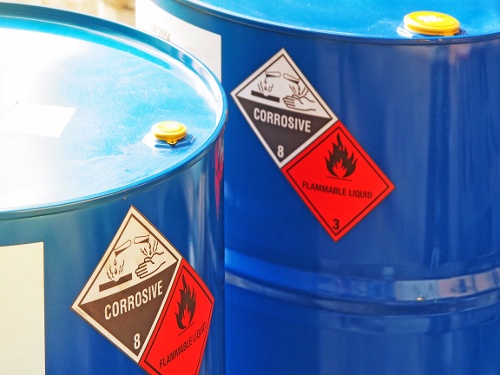


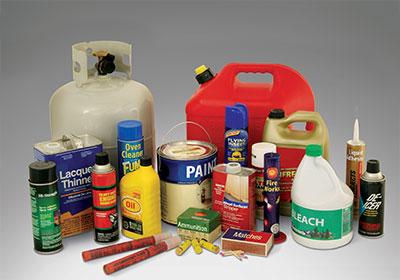
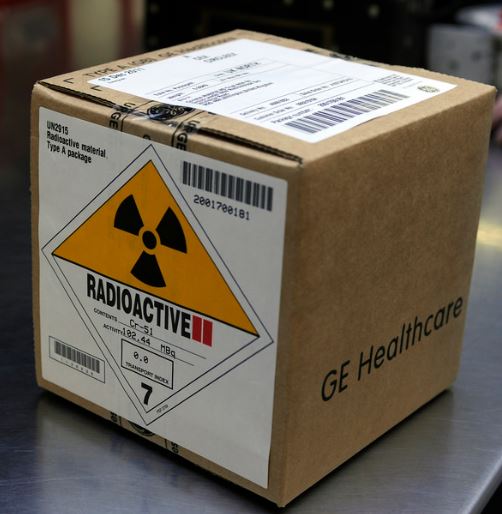
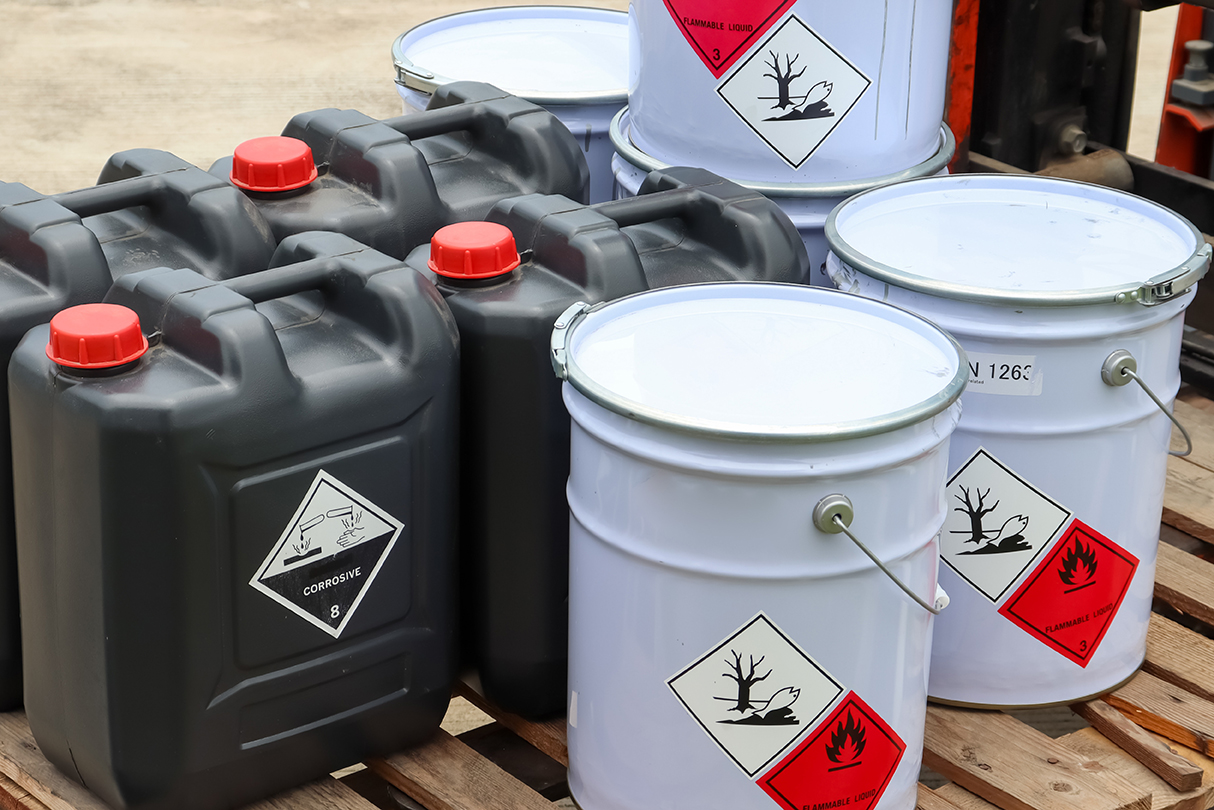
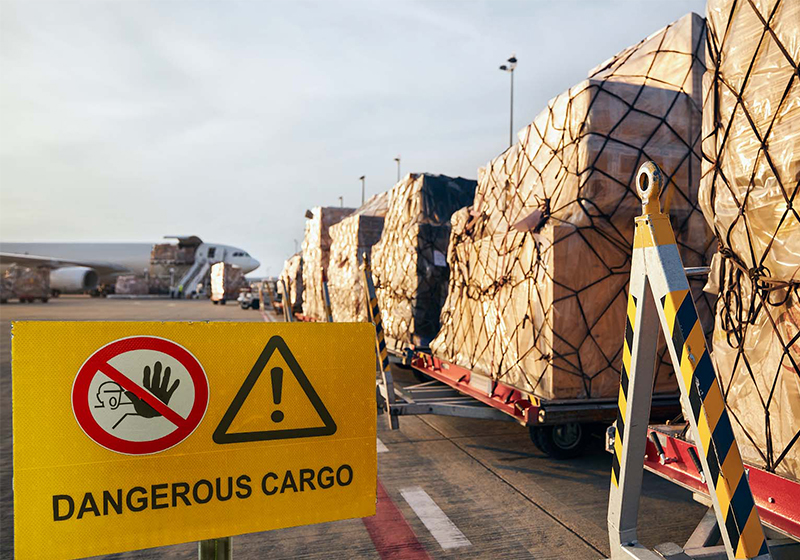
Before dangerous goods can be authorized for shipment the following information is required:
Moreover, the shipper must fully describe the cargo and ensure it is correctly packed, marked and labelled to ensure proper handling.
If you have any other questions or concerns surrounding Dangerous Goods, or are just unsure what category your goods fall under, please do not hesitate to get in touch and we will be happy to help – info@randylogistics.com
"